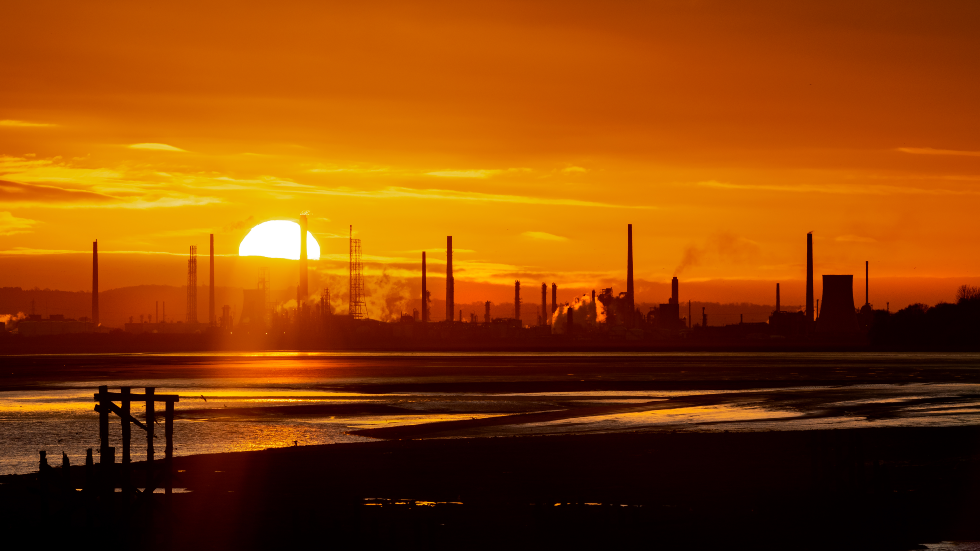Stanlow refinery hydrogen plans given greenlight

PLANS for large-scale blue hydrogen production at the Stanlow refinery in northwest England have been approved. It’s a key step in the development of the HyNet project, selected by the UK government to help decarbonise heavy industry in the region.
Essar Energy Transition Hydrogen (EET), a joint venture that is building the plants, says it has received planning consents required for the first 350 MW plant (HPP1) ahead of making a final investment decision. The second 1,000 MW plant (HPP2) will need to go back for full planning permission once the design has been further developed.
Hydrogen produced by the plant will be used by Essar at its refinery and piped to other regional manufacturers including Tata Chemicals and glassmakers Encirc and Pilkington.
EET, a venture between Essar and Progressive Energy, expects construction on HPP1 to begin this year with production starting by 2027. The plant will use Johnson Matthey’s Low Carbon Hydrogen (LCH) technology, a process involving gas heated reforming and autothermal reforming that it says can capture up to 99% of the CO2 produced during hydrogen manufacture. The CO2 will be piped for storage in gas fields under the sea in Liverpool Bay.
Last year, KBR was awarded the contract to design the HPP2 plant and license its technology to the project.
Richard Holden, HPP1 project manager, said: “This is the largest low carbon hydrogen project in the UK and one of the most advanced in the world. It is a vital piece of the North West’s journey to net zero, underpinning HyNet and providing the opportunity for manufacturers in the region to decarbonise their processes and support UK jobs.”
The development at Stanlow is expected to reach an overall capacity of 4 GW by 2030. It is a key element of the wider HyNet project which the UK government selected in 2021 as a priority Track-1 cluster along with an East Coast cluster to receive £1bn of taxpayer support. In December, the government published its plans for the UK to become a leader in CCUS and opened an application process so that more CCUS projects could apply to connect with the HyNet cluster.
Recent Editions
Catch up on the latest news, views and jobs from The Chemical Engineer. Below are the four latest issues. View a wider selection of the archive from within the Magazine section of this site.




